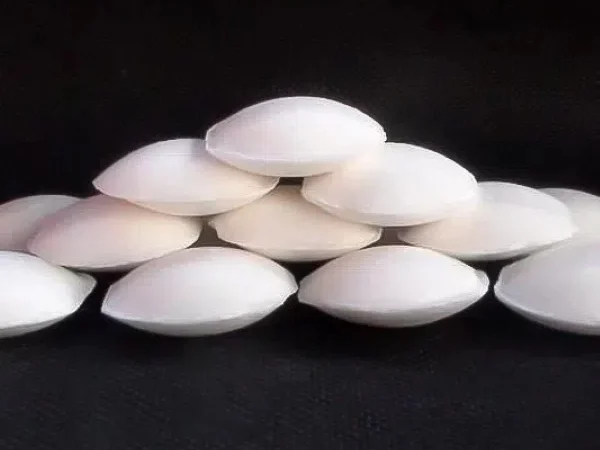
The traditional Cyanidation gold extraction process mainly consists of three major procedures: leaching, washing, and replacement (precipitation).
1. Leaching
Leaching is the process where solid gold in the ore dissolves in an oxygen - containing cyanide solution. Currently, in terms of process, equipment, management, and operation, this process has become increasingly sophisticated. As mentioned before, the dissolution of gold in an oxygen - containing cyanide solution is essentially an electrochemical corrosion process.
During the leaching process, two main types of reagents are used: Cyanides and protective alkalis.
(1) Cyanides
In the industry, the cyanides commonly used for cyanidation leaching of gold include potassium cyanide (KCN), Sodium cyanide (NaCN), calcium cyanide [Ca(CN)₂], and ammonium cyanide (NH₄CN).
Sodium cyanide is the most commonly used cyanide in production. It is a highly toxic white powder, and commercial Sodium Cyanide is usually pressed into spheres or blocks.
Industrially, cyanide melt is also used as a leaching reagent. It is a mixture formed by melting a combination of calcium cyanide, salt, and coke in an electric furnace. Besides containing 40% - 45% of Ca(CN)₂ and NaCN, it also contains some impurities that are harmful to the cyanidation process, such as soluble sulfides, carbon, and some insoluble impurities. Its advantage is its low price, but the dosage is large, about 2 - 2.5 times that of sodium cyanide. To eliminate the influence of harmful impurities, pre - treatment should be carried out when using cyanide melt. The treatment methods include strong agitation with air or adding an appropriate amount of lead salt to the solution.
Theoretically, only 0.5g of sodium cyanide is required to dissolve 1g of Au. However, in actual production, the consumption of cyanide is 20 - 200 times the theoretical amount, or even higher. The amount of consumption mainly depends on the content of other components in the ore that can react with cyanide.
2. Washing
Washing is the process of using water to wash the surface of ore particles and the dissolved gold between ore particles to achieve solid - liquid separation in order to recover the gold - containing solution after leaching.
3. Replacement
Replacement is the process of using zinc powder to reduce and precipitate gold from the gold - containing solution, thereby recovering gold. Since the 20th century, the recovery of gold from cyanide pulp first involves washing the pulp, then clarifying and degassing the pregnant solution. The precipitation of gold from the clarified pregnant solution has always used the Zinc powder replacement method. Since the 1960s, the "carbon - in - pulp method" of adding activated carbon to the pulp has developed rapidly. With the research on the application of ion exchangers, the method of using ion - exchange resins to adsorb gold from cyanide solutions or cyanide pulp also has important practical value. Some research has also been done on the solvent extraction of gold from cyanide solutions. When sulfuric acid is added to the cyanide gold - containing solution, isoamyl alcohol can be used to extract gold, and the extraction rate increases with the increase of sulfuric acid concentration. For example, when extracting in a 2mol/L sulfuric acid solution, gold can also be separated from impurities such as arsenic and iron. Using oxyalkoxy phosphate to extract gold from cyanate alkaline solutions has achieved satisfactory extraction indicators, and using sodium sulfite for back - extraction has also obtained good results, and so on.
In conclusion, the cyanidation gold extraction process has a long - standing history and continuous development. Different methods and reagents have their own characteristics and application scenarios, and the industry is constantly exploring and innovating to improve the efficiency and economy of gold extraction while ensuring environmental protection and safety.
- Random Content
- Hot content
- Hot review content
- The Essential Guide to Sodium Cyanide: Usage Cases and Sourcing
- Unlocking the Power of Mineral Processing Chemicals: Enhancing Efficiency and Sustainability
- Ammonium Persulfate Industrial Grade 98.5%
- Cupric Chloride 98%
- Calcium Chloride 74% Flakes
- 99.5% Pure Ethylene Glycol Mono Ethylene Glycol MEG EG
- Sodium selenite,anhydrous 98%
- 1Discounted Sodium Cyanide (CAS: 143-33-9) for Mining - High Quality & Competitive Pricing
- 2Sodium Cyanide 98% CAS 143-33-9 gold dressing agent Essential for Mining and Chemical Industries
- 3Sodium Cyanide 98%+ CAS 143-33-9
- 4China's New Regulations on Sodium Cyanide Exports and Guidance for International Buyers
- 5Anhydrous Oxalic acid 99.6% Industrial Grade
- 6Oxalic acid for mining 99.6%
- 7Reagent Grade/Industrial Grade Hydrochloric Acid min.31%
- 1Sodium Cyanide 98% CAS 143-33-9 gold dressing agent Essential for Mining and Chemical Industries
- 2High Quality 99% Purity of Cyanuric chloride ISO 9001:2005 REACH Verified Producer
- 3 High-Quality Sodium Cyanide for Leaching
- 4Powdery emulsion explosive
- 5Industry Grade Electron grade 98% Sulfuric Acid H2SO4 Sulphuric Acid Battery Acid Industrial Sulfuric Acid
- 6Colloidal emulsion explosive
- 7sodium hydrosulfide 70% flakes used Mining Industry




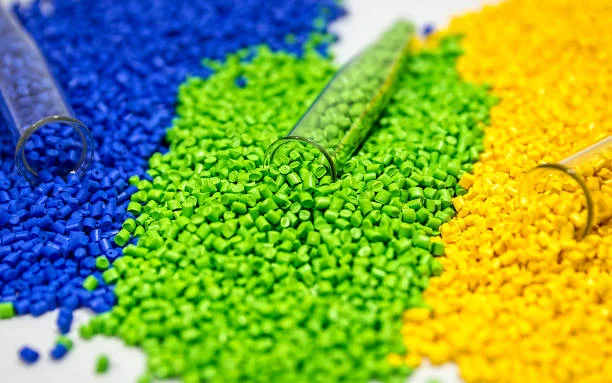

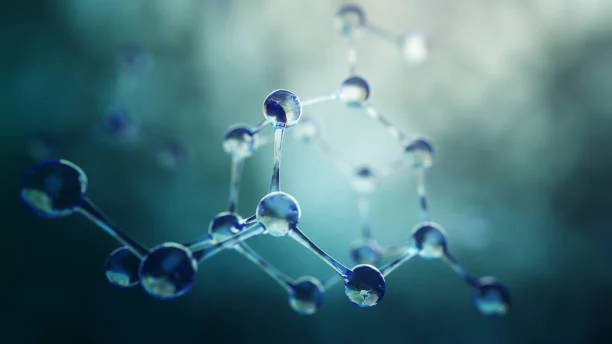
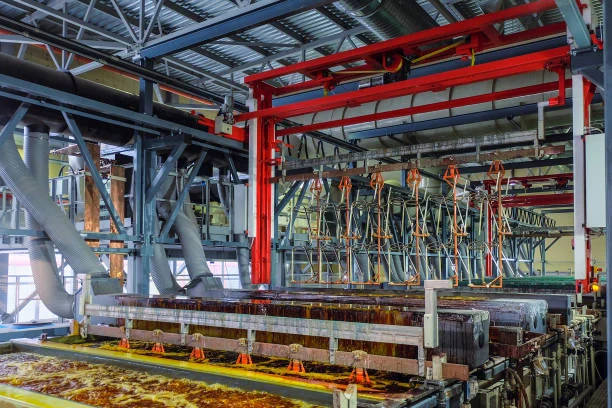
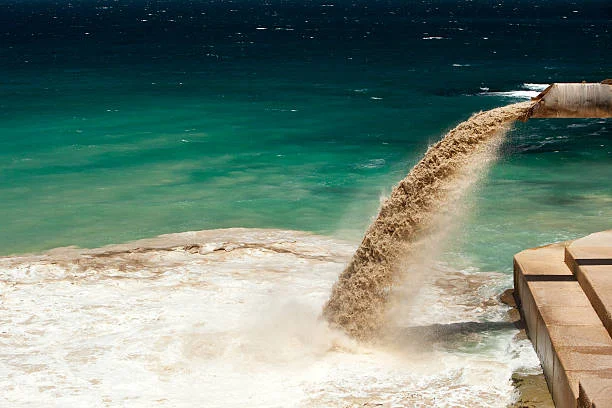



Online message consultation
Add comment: